Everything you need to know about rainbow budgerigars
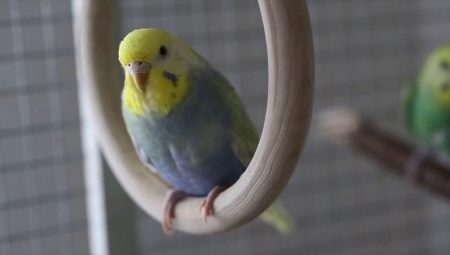
Budgerigars belong to the parrot family, a species of budgerigars. The literal translation of the Greek-Latin name for the bird Melopsittacus undulates sounds like "singing budgerigar." In the wild, these birds are found in Australia and the islands nearby. They gather in large flocks and move quickly in search of food and water. Nowadays, due to vigorous human activity, Australian nature has changed a lot, and the number of budgerigars has noticeably decreased.
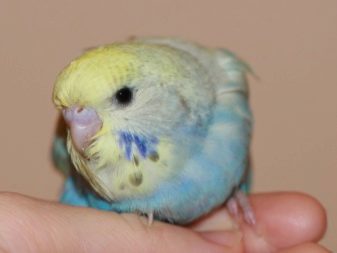
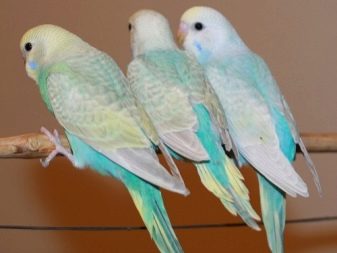
History of discovery and selection
The first mention of these birds can be found in the writings of the English scientist George Shaw. The wavy parrots were described in great detail by the English ornithologist John Gould in 1837. In 1840, budgerigars were able to be delivered from their homeland to the London Zoo. They were brought to the territory of Russia from Europe at the end of the 19th century, but they did not try to breed birds. Only in the thirties of the XX century their breeding was started at the Moscow Zoo, then it became possible at home.
Budgerigars have a light green color in their natural environment, which makes them invisible in the green of the trees. As a result of selection, in our time, more than two hundred varieties of these birds with various plumage colors (blue, white, yellow, purple) have been bred. In 1994, the World Budgerigar Breeders Organization (WBO) was created, which developed standards for the color of these birds. Very rare colors include rainbow, anthracite, lacewing and some others.


Features of rainbow budgerigars
These birds have a body length, excluding tail, 18-22 centimeters and weigh about 40-45 grams. They have a bluish body, light gray flight feathers, a yellowish mask and a fuzzy opaline pattern.... The rainbow color of birds is not a mutation - it is a variant of the combination of three color factors in one parrot: yellow-faced, opaline and white-winged. To breed bright rainbow budgerigars, a large number of birds with a purple factor are required, it gives expressiveness to the flowers.
Individuals with a dominant gray factor are not suitable for these purposes, because it mutes the brightness of the color.

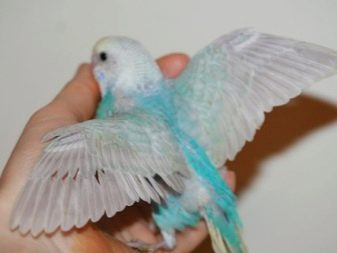
Character and behavior
It should be borne in mind that these birds are capable of very rapid changes in emotions. The first few days after the purchase, they may refuse to eat, be in a state of apathy and not make contact. It is worth giving the parrot time to adapt to the new environment, as it is very stressful for the bird. Do not rush to take the parrot in your arms, give him goodies, talk to him affectionately, and gradually the bird will become tame.
During molting, rainbow parrots can also be irritable and aggressive, refusing food, biting - this is normal behavior in this situation, you should not bother them in vain and annoy them with loud sounds. If you want to teach a parrot to speak, then you should take into account that males learn better and faster. Talk to the parrot lovingly and do not tire the bird with long sessions. Budgerigars are sociable, talkative, inquisitive, clean, they dress up a lot, clean their beautiful feathers, and swim.
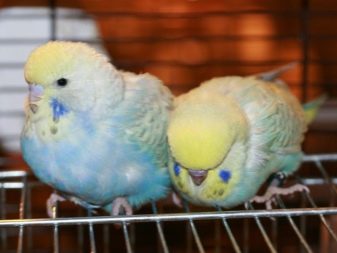
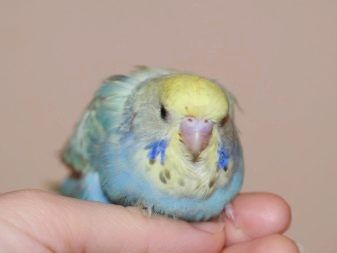
How to properly care for your rainbow parrot?
First of all, get a spacious cage at least 35 x 35 cm if you have one bird. The cage should be easy to clean; inside, place feeders, a drinker, a bath for bathing, perches, swings, ladders, toys in the form of a mirror, bells. If you feed your parrot with special food, be sure to add chopped fruits, vegetables, herbs to the diet and immediately remove uneaten food. Change the water every day and rinse the drinker with hot water. Let the bird fly every day for at least half an hour. Cover the cage with a thick cloth overnight, leaving a small open space.
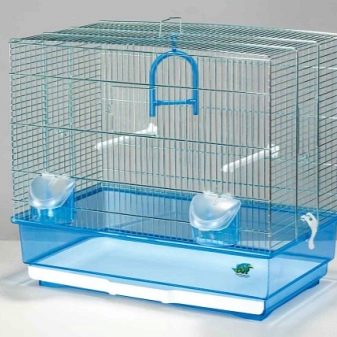
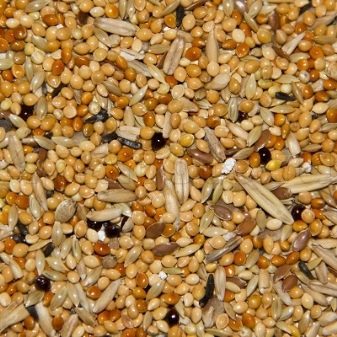
Security measures
In order to avoid unpleasant situations that threaten the health of your winged pet, read carefully the following tips from experienced breeders:
- try not to leave the parrot alone unattended, especially if windows or doors are open in the house - the bird can easily fly away;
- many indoor plants are poisonous for rainbow budgerigars such as dieffenbachia, monstera, amaryllis, mistletoe;
- releasing the pet from the cage, close the washing machine, refrigerator, ventilation grills, mirrors, do not keep household chemicals in the open;
- aquarium and other containers with liquid must be covered, otherwise the bird may drown;
- watch out for the parrot, if you have other pets, especially cats.
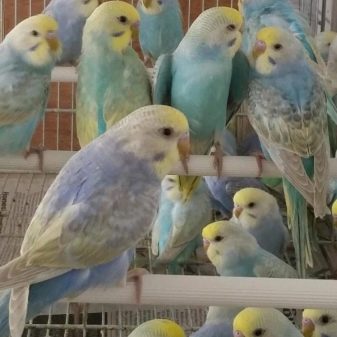
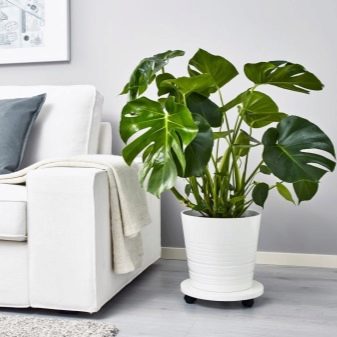
Rainbow budgerigars are intelligent, sociable and beautiful birds that are very suitable for home keeping. With good care, they can live next to you for up to 15 years, giving a good mood and love.
In the next video, the birth of a budgerigar awaits you.








